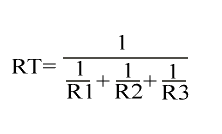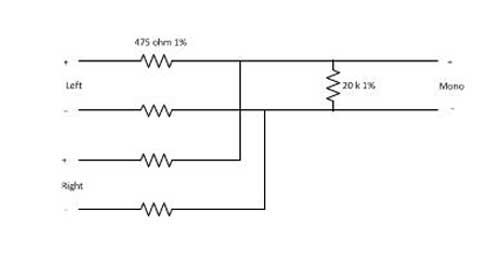The transmitter for Vermont Public Radio, WVTQ 95.1Sudbury is located on Mount Equinox, near Manchester Vermont. Mount Equinox is one of the better mountain top transmitter sites to get to as it has a good access road, no jeep trails through the woods or ski lifts, etc. The Summit is 3,580 feet (1,175 m), which is the third-highest peak in the green mountains. On a nice day, the view from the top is spectacular:

The southern view with US Route 7 cutting through the valley below.
WVTQ is a part of VPR’s classical music network. They had a Nautel VS-1000 that had developed issues with the directional coupler. This unit was repaired and re-installed:
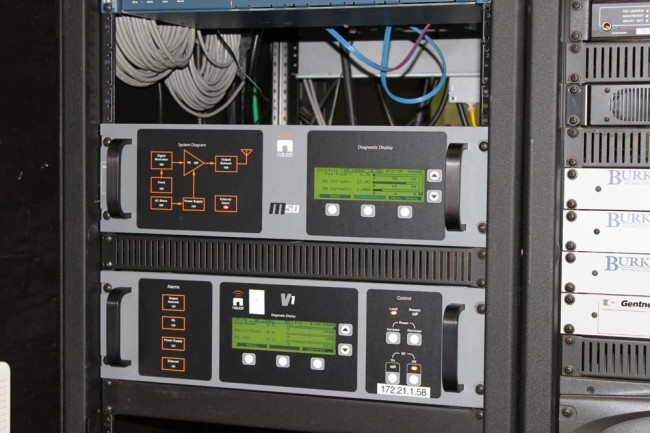
The transmitter has a 7/8 EIA flange on the back, which had an elbow, then an adapter to a type N connector all unsupported. My boss felt that perhaps that perhaps too much weight on the EIA flange caused the crack in the directional coupler.
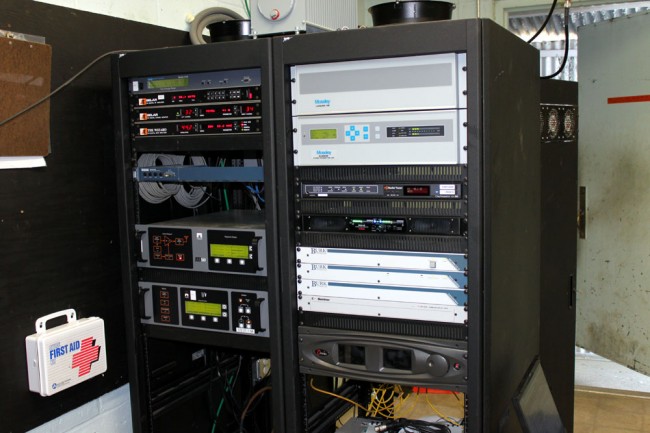
The transmitter site used to be in the basement of the hotel, but as that building no longer exists, it was moved over to the former RADAR site. The RADAR site consists of four 80-foot towers arranged in a square around a building. These towers now support two-way radio equipment and the like
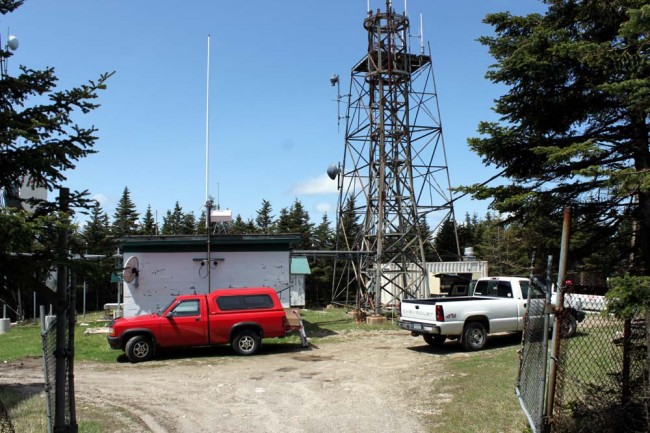
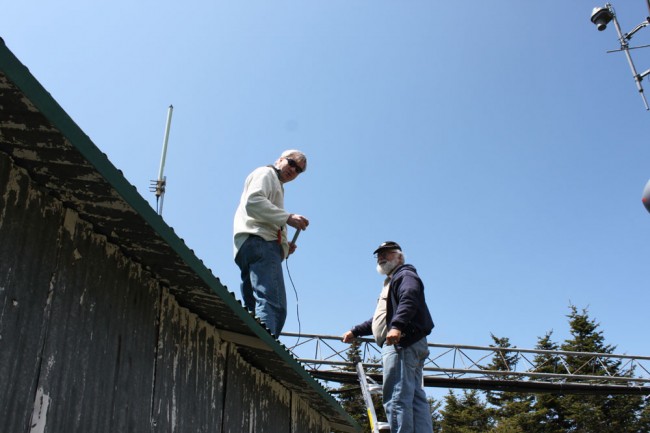
Your author (left) with Rich Parker of VPR discussing the finer points of GPS antennas.

Ladder to the top of one of the towers.

View from the turn-off on the east side of Skyline Drive. Known as “hang glider’s view” with good reason. This is on the saddle that connects little Equinox with big Equinox.
On a nice day, such as yesterday, it is very pleasant. When the road is covered in ice and snow, not so much.

